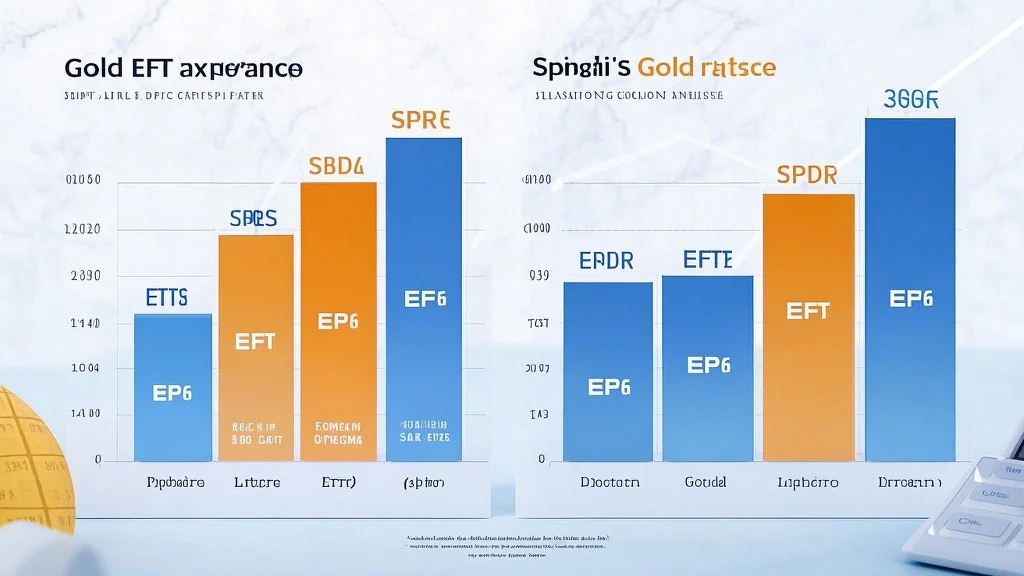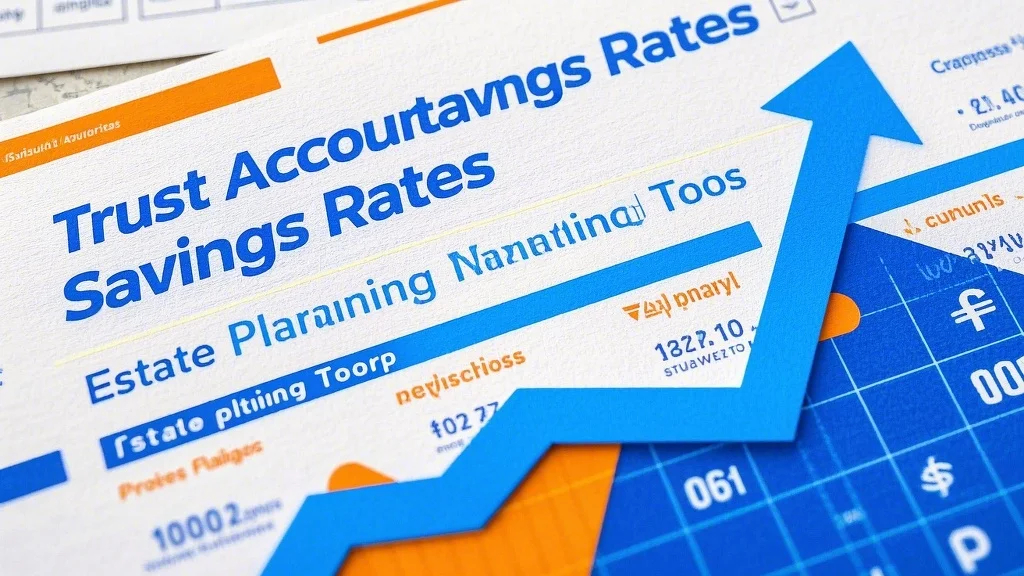Investors have long sought reliable assets to secure their financial futures. Among the most popular choices are palladium and gold, two precious metals with distinct characteristics and market dynamics. This article provides a detailed, 10-year ROI analysis of both palladium and gold, offering insights into their performance, risks, and potential as investment vehicles. Whether you’re considering palladium for its industrial applications or gold as a traditional safe-haven asset, this analysis will help you make informed decisions about where to allocate your capital.

Understanding Palladium and Gold as Investment Assets
When it comes to investing in precious metals, palladium and gold are often compared due to their unique attributes. Palladium, a rare and lustrous metal, is primarily used in the automotive industry as a key component in catalytic converters, which help reduce harmful emissions. Its demand is closely tied to the health of the global automotive sector, making it a highly sensitive investment. On the other hand, gold has long been regarded as a store of value and a hedge against economic uncertainty, inflation, and geopolitical instability.
Over the past decade, both metals have seen significant fluctuations in price, driven by a combination of economic, geopolitical, and industrial factors. To determine which asset has yielded a better ROI, we need to analyze their historical performance, market trends, and the factors that influence their values.
Palladium’s rise to prominence in the early 2010s was largely due to its critical role in emission reduction technologies. As global regulations on air quality became stricter, the demand for palladium soared, leading to a dramatic increase in its price. By 2020, palladium prices had reached record highs, making it one of the most valuable precious metals in history. However, its industrial focus also means that its value is highly dependent on the automotive industry, which can be vulnerable to economic downturns, supply chain disruptions, and shifts in regulatory policies.
In contrast, gold’s value is underpinned by its status as a traditional safe-haven asset. During times of economic uncertainty, such as recessions, political turmoil, or inflationary pressures, investors tend to flock to gold as a secure store of value. While gold’s returns may not always be as volatile as palladium’s, its consistent performance over the long term has made it a favorite among conservative investors.
A 10-Year ROI Analysis of Palladium and Gold
To evaluate the ROI of palladium and gold over the past decade, we must examine their price trends, market dynamics, and influencing factors. Let’s break down their performance from 2013 to 2023.
Palladium’s Performance:
From 2013 to 2023, palladium prices experienced massive growth, driven by surging demand from the automotive industry. In 2013, the price of palladium was around $600 per ounce. By 2020, it had surged to an all-time high of approximately $3,000 per ounce, marking a staggering 400% increase. This dramatic rise was fueled by stricter emission standards in Europe and Asia, which increased the demand for catalytic converters that rely on palladium.
However, palladium’s prices began to stabilize and even decline slightly in 2021 and 2022, as the automotive industry faced challenges such as the global chip shortage and supply chain disruptions. Additionally, the rise of electric vehicles (EVs) has cast a shadow over palladium’s long-term prospects, as EVs require fewer precious metals for their battery systems. Despite these headwinds, palladium’s 10-year ROI remains impressive, with an average annual return of around 20%.
Gold’s Performance:
Gold prices have shown a more stable and consistent trajectory over the past decade. In 2013, gold was priced at roughly $1,300 per ounce, and by 2023, it had climbed to around $2,000 per ounce, marking a 53% increase over the 10-year period. While this growth is less dramatic than palladium’s, gold’s returns are more predictable, making it a safer bet for risk-averse investors.
Gold’s price appreciation has been influenced by several factors, including central bank policies, inflationary pressures, and geopolitical tensions. For instance, the U.S. Federal Reserve’s quantitative easing programs, implemented in response to the COVID-19 pandemic, increased the money supply and fuelled demand for gold as a hedge against inflation. Additionally, gold’s role as a safe-haven asset made it a go-to investment during periods of market volatility, such as the 2020 economic downturn.
A Comparative Analysis:
When comparing the ROI of palladium and gold over the past decade, it’s clear that palladium has outperformed gold in terms of raw returns. However, this performance comes with higher risk and volatility. Palladium’s price swings can be extreme, and its value is heavily dependent on the health of the automotive industry and the adoption of alternative technologies like EVs.
Gold, on the other hand, offers a more stable and predictable investment, though its returns are modest compared to palladium. For investors seeking high-risk, high-reward opportunities, palladium may be the better choice. However, for those prioritizing stability and diversification, gold remains a more reliable option.
:
Both palladium and gold have proven to be lucrative investment options over the past decade, but they cater to different risk tolerance levels and investment goals. Palladium’s industrial applications have driven its impressive ROI, but its value is subject to the whims of the automotive industry and technological advancements. Gold, while offering more moderate returns, provides a steady and reliable store of value, making it a cornerstone of many investment portfolios.
Investors should carefully assess their financial objectives, risk tolerance, and market outlook before deciding which metal to include in their investment strategy. Diversification across both assets may also be a prudent approach, allowing investors to capitalize on the strengths of each while mitigating risks. As the financial landscape continues to evolve, staying informed about market trends and economic indicators will be key to maximizing ROI in the years to come.




